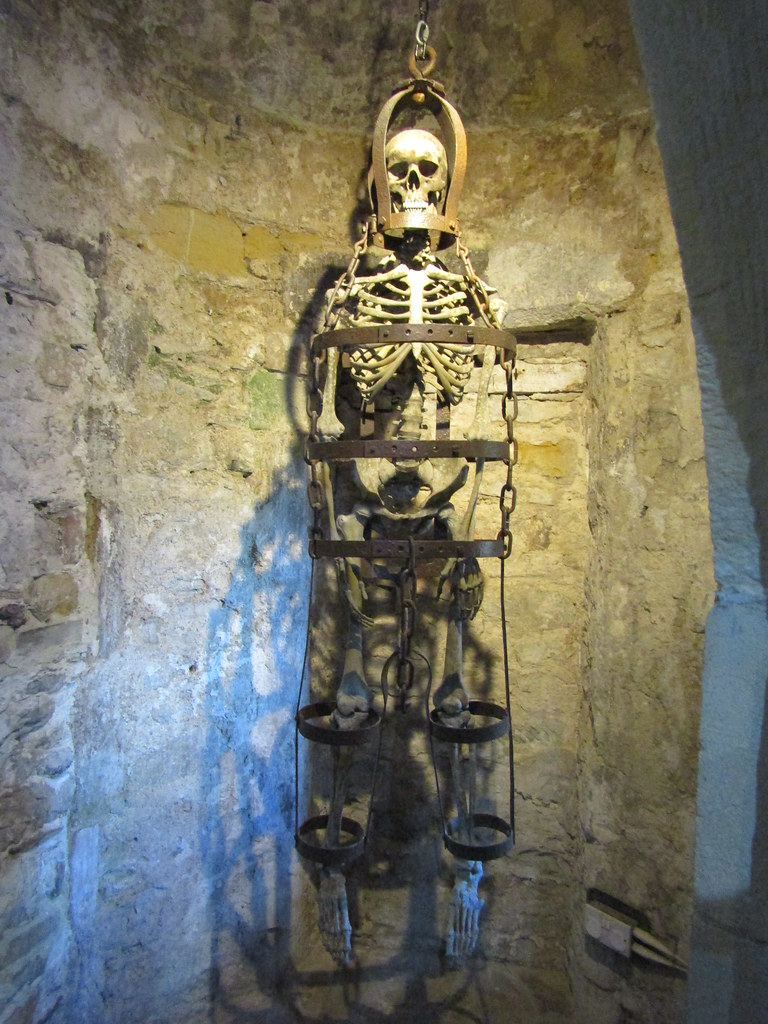Complete Skeleton In Costume Found In Romania: A Rare Archaeological Discovery!
A rare and fascinating archaeological discovery has been made in Romania, where a complete skeleton was unearthed wearing what appears to be a well-preserved costume. This find, located in the historic city of Sibiu, is particularly significant because it provides an incredibly detailed glimpse into the funerary practices and social status of a woman who lived during the late 17th or early 18th century. Unlike typical burials from the period, the individual was interred with a rich assortment of clothing and personal effects, making this a unique and valuable find for archaeologists.

The skeleton, believed to be that of a young woman, was found dressed in what was likely a ceremonial robe or shroud woven with gold and silver threads, a sign of her high social standing. The “costume” was not just clothing but part of a deliberate burial ritual, meant to honor the deceased. Among her possessions were several pieces of jewelry, including a necklace made from silver and gold coins. One of the coins, minted in 1664, helped to provide a precise timeframe for the burial, placing it squarely in the late Renaissance or early modern period. This level of preservation and the presence of such specific artifacts are exceptionally rare for the region.

This discovery is a major boon for researchers studying the material culture and social history of Transylvania during this period. The find not only offers a direct, tangible link to the past but also challenges some previous assumptions about the wealth and trade networks in the region. By analyzing the woman’s remains, her clothing, and her jewelry, archaeologists and historians can reconstruct her life with a level of detail that is almost unheard of for a person from this era. The “costume” is a silent, but powerful, historical document, telling a story of wealth, faith, and the traditions of a long-lost community.
